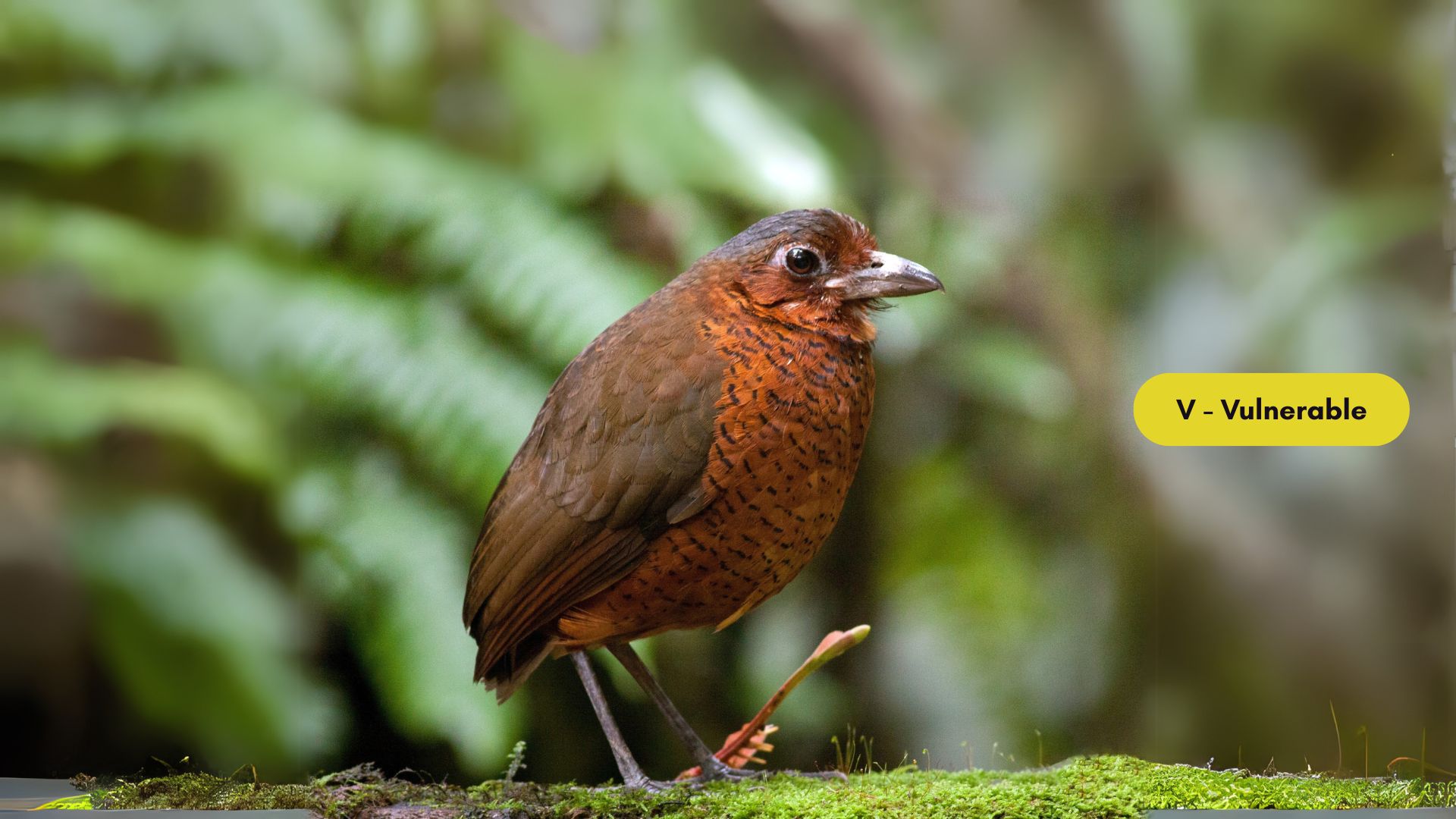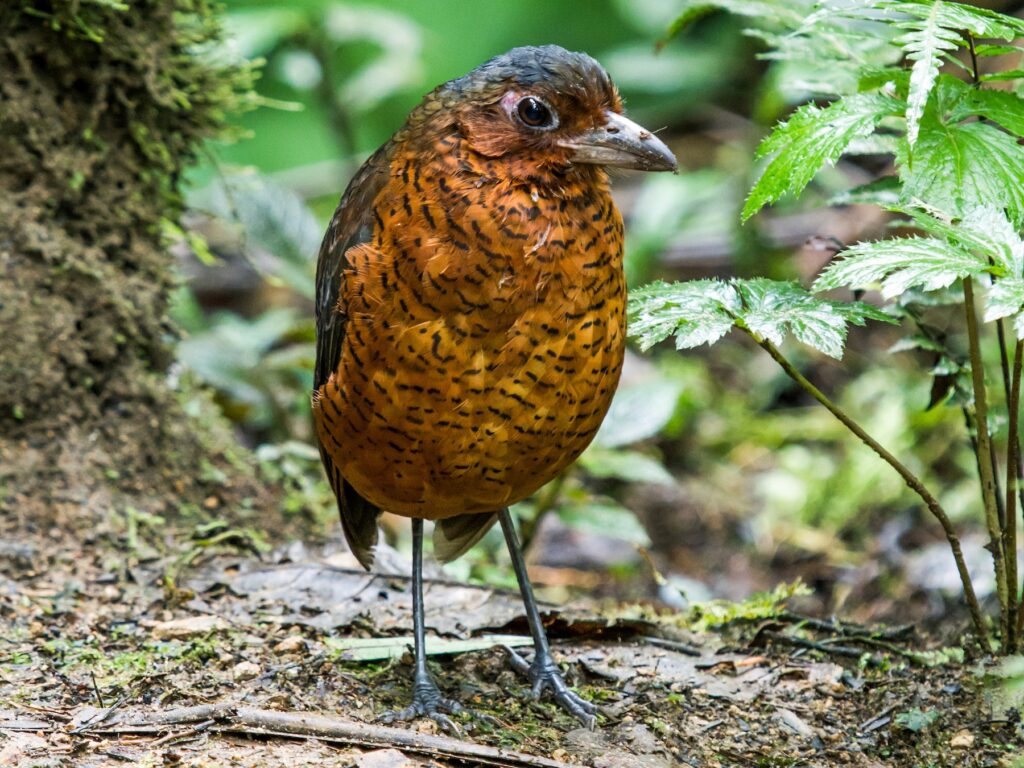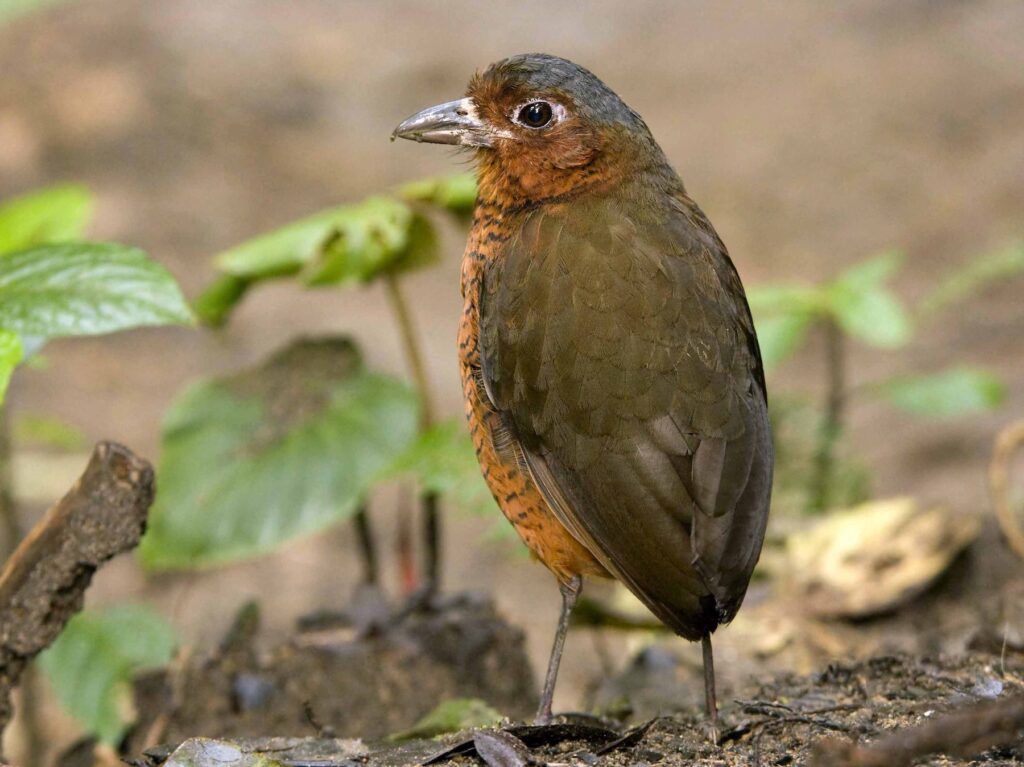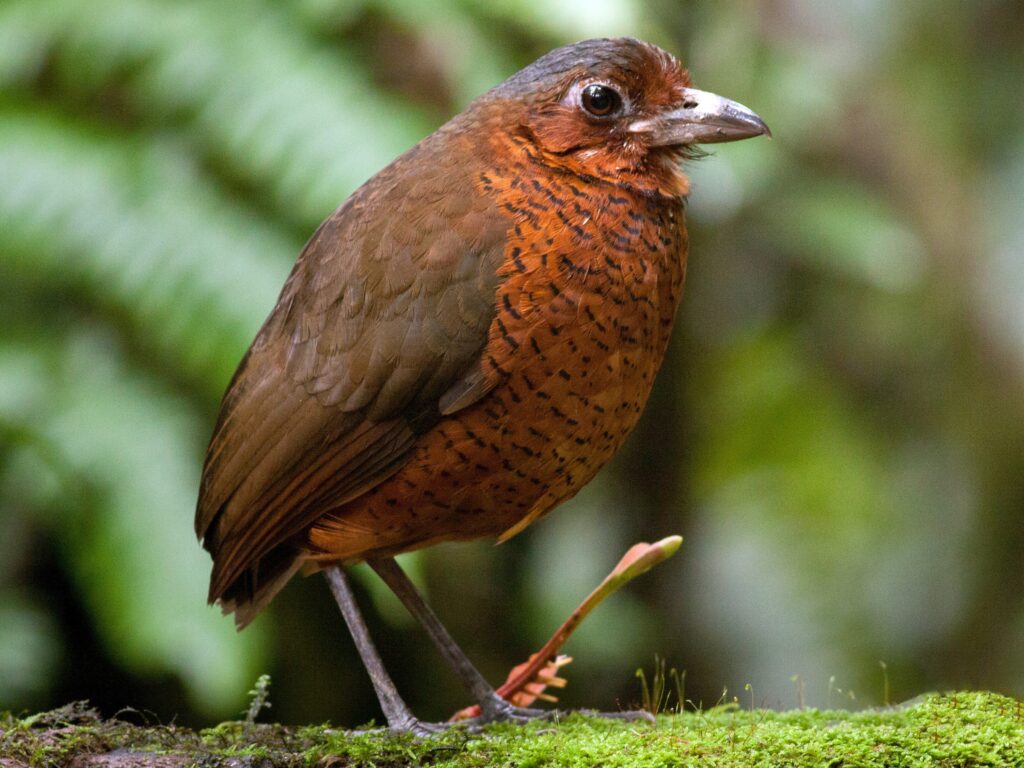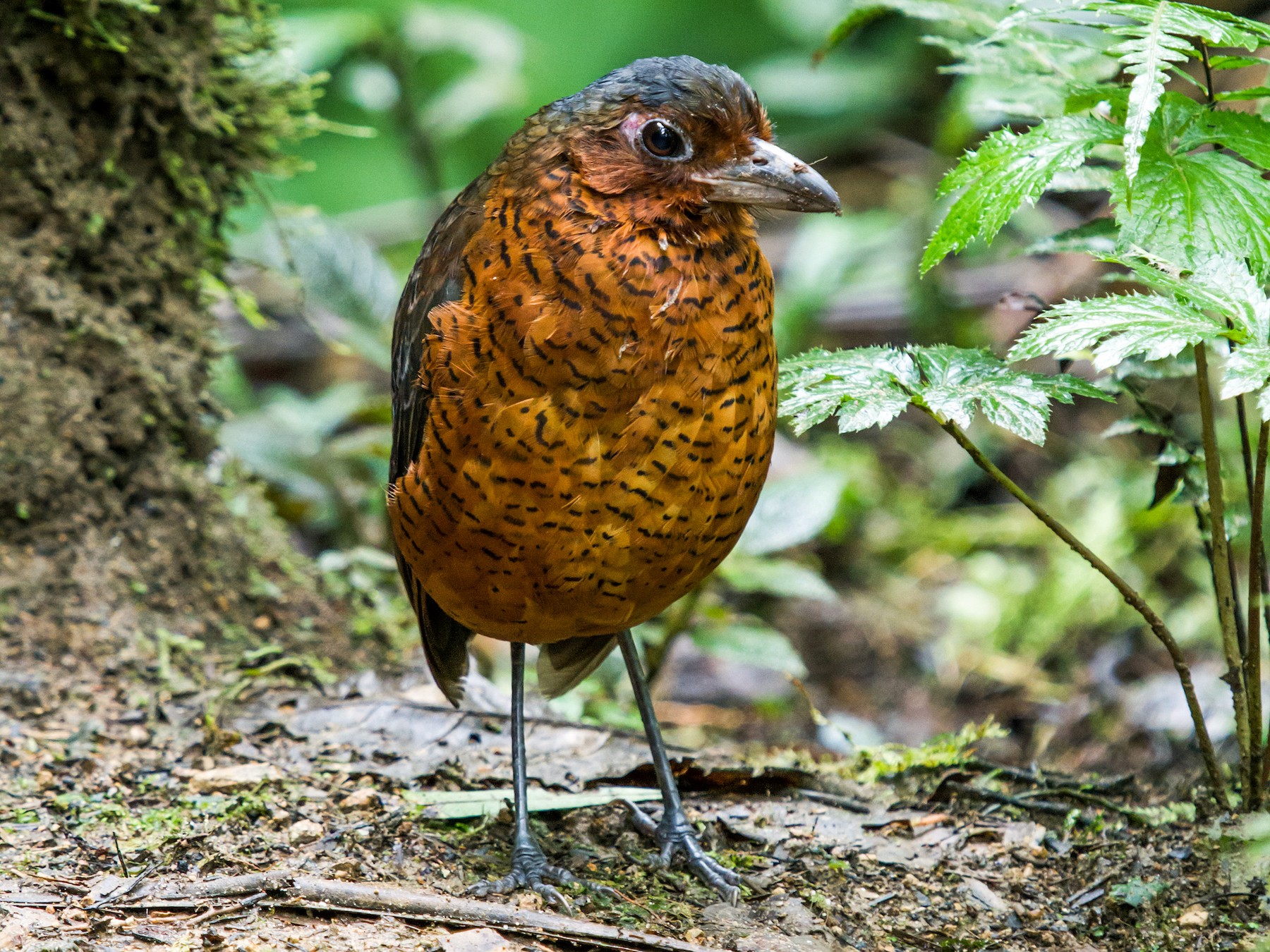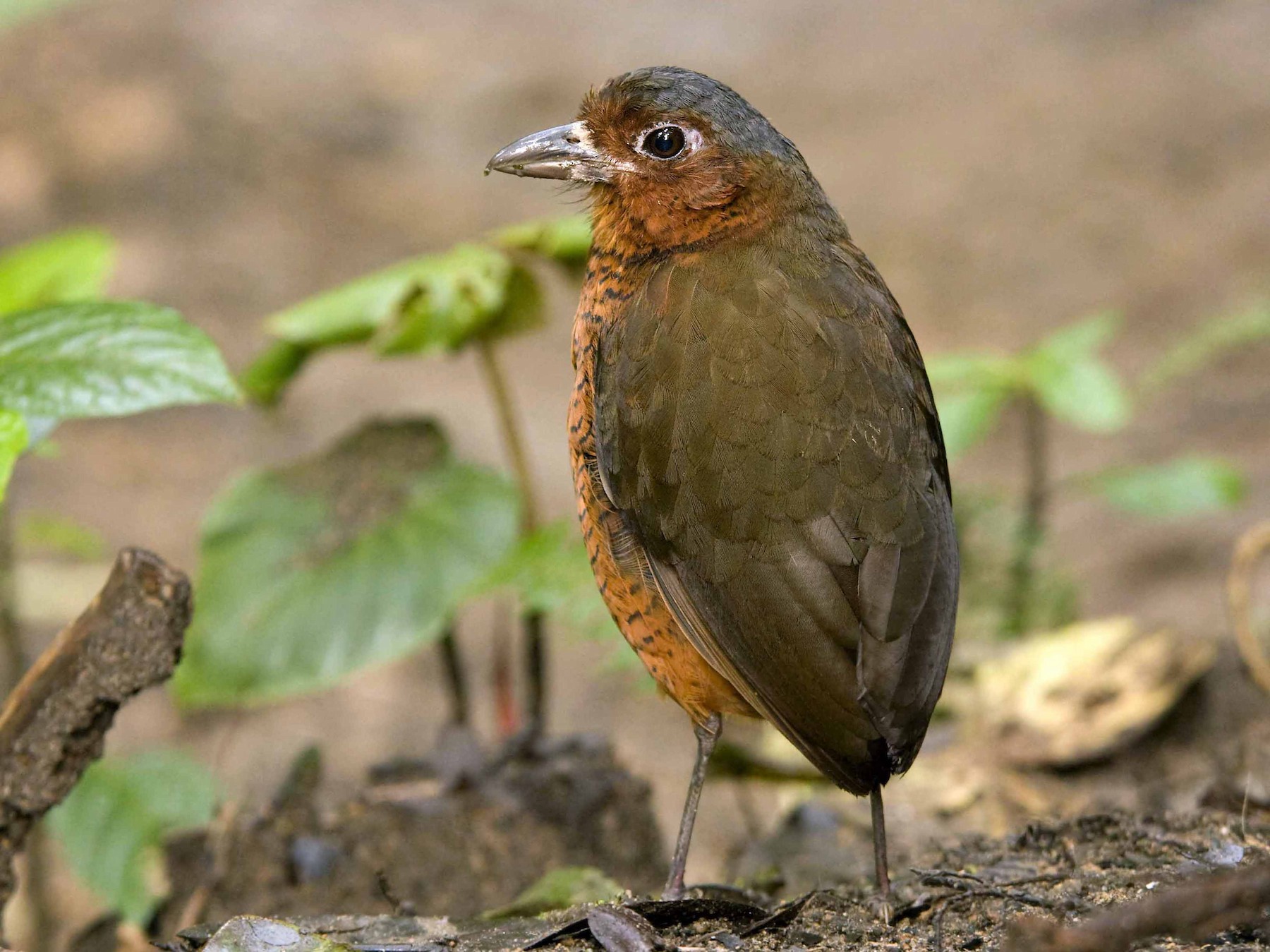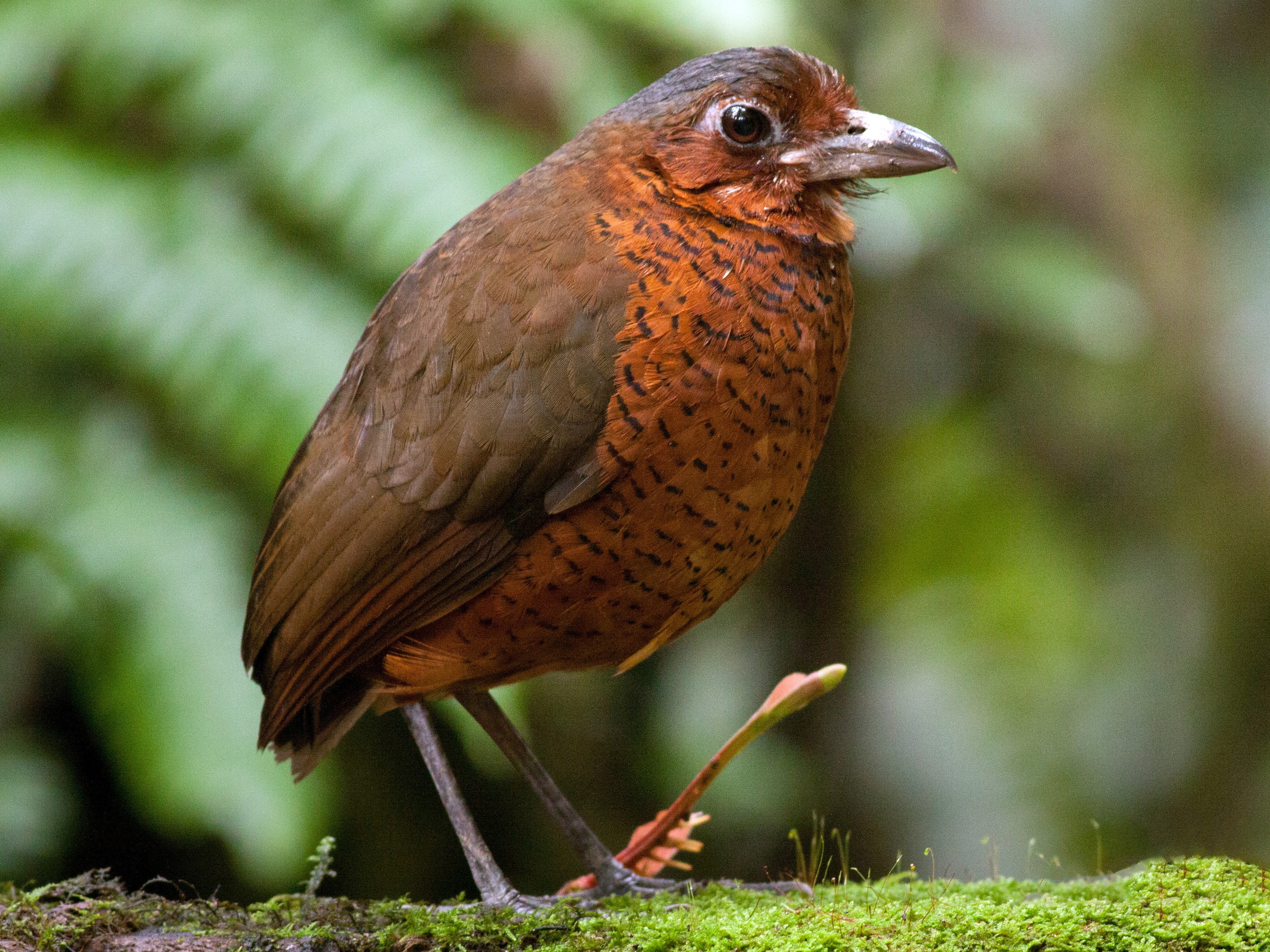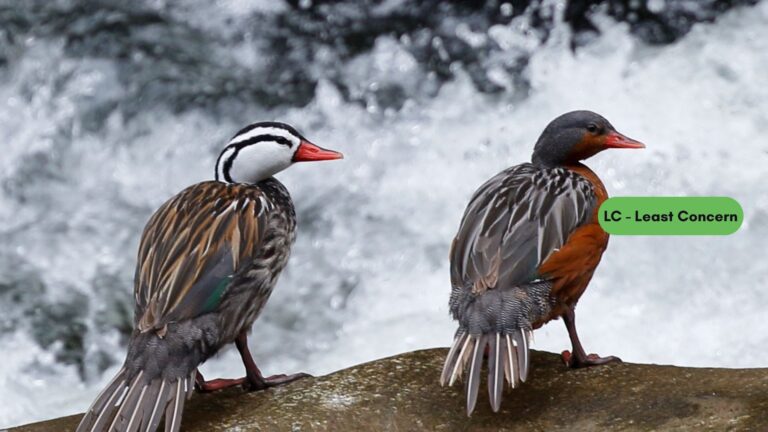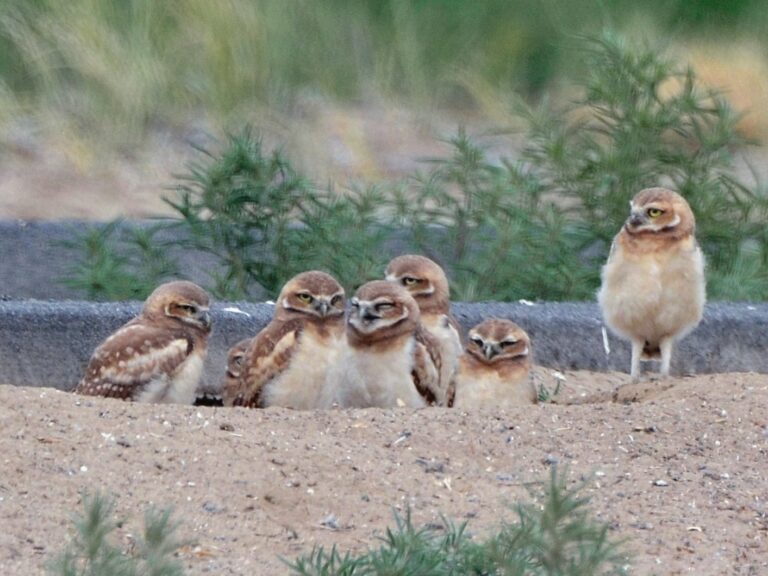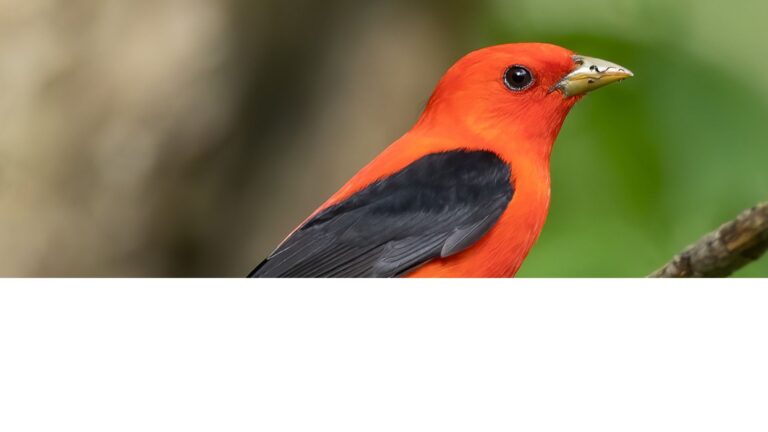Giant Antpitta: Discovering the Secrets of a Rare Forest Bird
The Giant Antpitta is a rare species that lives in only a few places in South America – Ecuador (and parts of Columbia) to be precise. Birders and scientists know it for its impressive size, distinctive calls, and the fact that, well, it’s really hard to find.
Taxonomy and Classification
You might spot the Giant Antpitta listed as Grallaria gigantea. It’s part of the antpitta family, Grallariidae, and falls under Passeriformes—the big perching bird group.
Most antpittas stick to forests in Central and South America. English ornithologist Philip Lutley Sclater first described the giant antpitta back in the 1800s.
Its classification hasn’t changed much, though researchers still debate its closest relatives. The Undulated Antpitta (Grallaria squamigera) is pretty similar, and people sometimes mistake one for the other because of their shapes and habits.
If you want to dig deeper into its classification, check out the book “Antpittas and gnateaters”.
Physical Description
This bird is, hands down, the largest antpitta out there. Adults reach about 24 to 28 centimeters long and can weigh up to 300 grams.
It has a chunky, round body, sturdy legs, and a tail that’s almost not there. Its feathers are mostly brownish-olive, with a lighter belly and bold, scale-like markings across the chest. The head looks a bit oversized, which gives the bird a memorable look. Dark eyes pop against its face.
You’ll usually see it hopping around on the ground, moving quietly through thick undergrowth. Its deep, booming call travels far, so you might hear it before you ever see it. For more details on what it looks like, there’s a good Antpitta paradise PDF.
Subspecies and Related Species
There are three officially recognized subspecies, each living in different mountainous areas of Colombia and Ecuador:
- G. g. gigantea (the main one)
- G. g. hylodroma
- G. g. lehmanni
They differ a bit in color and size, mostly because of local climate and forest type. The Undulated Antpitta lives nearby and looks similar, especially with its scaled chest, but it’s smaller and more common. If you’re curious about the details, check out this scientific article on nests and subspecies.
Distribution and Habitat
Giant Antpittas only show up in a handful of places in South America. They stick to certain elevations and need undisturbed forests in the Andes.
Geographic Range
You’ll mainly find the Giant Antpitta in the Andes. Ecuador and Colombia are its strongholds, but even there, its range is pretty chopped up and scattered. In Ecuador, it’s been recorded on both sides of the Andes. In Colombia, it hangs out in parts of the central Andes, but sightings are rare.
It likes humid forests and avoids open or disturbed areas. The distribution is patchy, with populations separated by unsuitable land or human activity. Many antpitta species, including this one, have narrow ranges and low numbers—no wonder birders get excited if they spot one. There’s more in this research on Grallaria distributions.
Preferred Habitat
Giant Antpittas live in humid, montane forests with thick plant cover. These forests get plenty of rain and have dense undergrowth. The birds spend most of their time on or near the ground, searching for insects and worms. They prefer untouched, mature forests over young or heavily altered ones.
You might find them in regenerating woods, but they’re most common in deep, old-growth forest. They usually live between 1,400 and 2,400 meters up. Because they’re so picky about habitat, habitat loss is a big threat. More on their habitat choices is in this territory size and habitat study.
Behavior and Ecology
Giant Antpittas are secretive. They spend their lives in the dense forests of the Andes, and most of what we know comes from Ecuador and southern Colombia.
Feeding Habits
They’re basically earthworm specialists. These birds poke around the forest floor, flipping leaves and digging into the soil with those strong legs. Sometimes, they follow small mammals or other critters that disturb the ground, making it easier to find a meal. It’s actually a neat example of birds taking advantage of mammal activity.
After rain, when worms are everywhere, Giant Antpittas spend more time foraging. At some birding lodges, guides even offer worms by hand, and the birds will take them. If you want to geek out about this, here’s an article on antpittas and worm-feeders.
Key points:
- Diet: mostly worms.
- Finds food naturally or at feeding stations.
- Sometimes follows mammals to score more food.
Breeding and Nesting
We don’t know a ton about their breeding. Nests are usually hidden low in thick vegetation, so they’re tough to find. What’s been seen suggests they use moss, leaves, and twigs to build a big, cup-shaped nest. Both parents probably help care for the eggs and chicks.
Scientists are still figuring out how long the eggs take to hatch and how long the chicks stay in the nest. Adults feed the young until they’re ready to fledge. Some related antpittas, like the Slate-crowned Antpitta, have been studied more, giving us hints about the Giant Antpitta’s habits. There are some good field notes on their habitat and breeding.
Conservation and Observation
The Giant Antpitta has a small population and only lives in a few places. Protecting its forest home and finding ways to spot it in the wild keep researchers and birders busy.
Conservation Status
The Giant Antpitta (Grallaria gigantea) is a threatened species. Its forests are being cleared for farming and logging. Conservation groups and local folks are teaming up to protect what’s left of its habitat. They’re also keeping tabs on the birds’ numbers and habits.
In some Ecuadorian reserves, people are working hard to help the species survive. Conservationists watch territory sizes, breeding, and feeding to figure out the best ways to help.
Viewing Locations and Ecotourism
If you want to see a Giant Antpitta, Paz de las Aves in northwest Ecuador is the place to go. Guides there have gotten some antpittas used to people by offering earthworms, but they stick to strict rules to keep the birds safe. Visitors usually have the best luck in the early morning.
The reserve draws birders, photographers, and scientists from all over. Local communities benefit from tourism, which gives them more reason to protect the forests. Groups stay small and quiet to avoid stressing out these shy birds.
Frequently Asked Questions
The Giant Antpitta stands out for its size, secretive habits, and the special forests it calls home.
What habitat does the Giant Antpitta prefer?
Giant Antpittas stick to humid, montane forests in the Andes. They like thick understory and heavy leaf litter, perfect for hiding and hunting worms. You’ll usually find them in untouched, rainy areas between 1,400 and 3,500 meters up. There’s more detail in these field notes.
How does the Giant Antpitta differ from other antpitta species?
It’s bigger than most of its relatives. The plumage is duller and the body is bulkier compared to the more common Undulated Antpitta. People sometimes mix them up, but the Giant Antpitta’s size and shape are pretty unique if you’re looking carefully. For more, check out Antpittas and gnateaters.
What is the average size of a Giant Antpitta?
The Giant Antpitta usually grows to about 24 to 28 centimeters in length. It’s easily one of the largest antpitta species out there. Its heavy build and big size really make it stand out among other forest floor birds.
What are the primary threats to Giant Antpitta populations?
Logging and farming have chipped away at the Giant Antpitta’s habitat. Deforestation shrinks the places where it can live or hunt for food. Populations are already low. Most known groups are scattered and isolated, so they’re extra vulnerable to any changes in their environment.
You can dig deeper into this in the field notes on the Giant Antpitta.
What is the typical diet of a Giant Antpitta?
Earthworms are the main thing on the Giant Antpitta’s menu. But it’ll also snap up insects and other little invertebrates hiding in the leaf litter. Most days, it spends hours poking through debris, always on the hunt for something tasty.
How does the Giant Antpitta’s nesting behavior compare to other birds?
Giant Antpittas build their nests low to the ground. You’ll usually find these nests tucked away in thick vegetation. They use leaves and moss to put the nest together. Their style matches other antpitta species, but honestly, they’re just much tougher to observe.
These birds act pretty shy and keep to themselves. If you’re curious, check out the first description of the nest, eggs, young, and breeding behavior of the Great Antpitta.
